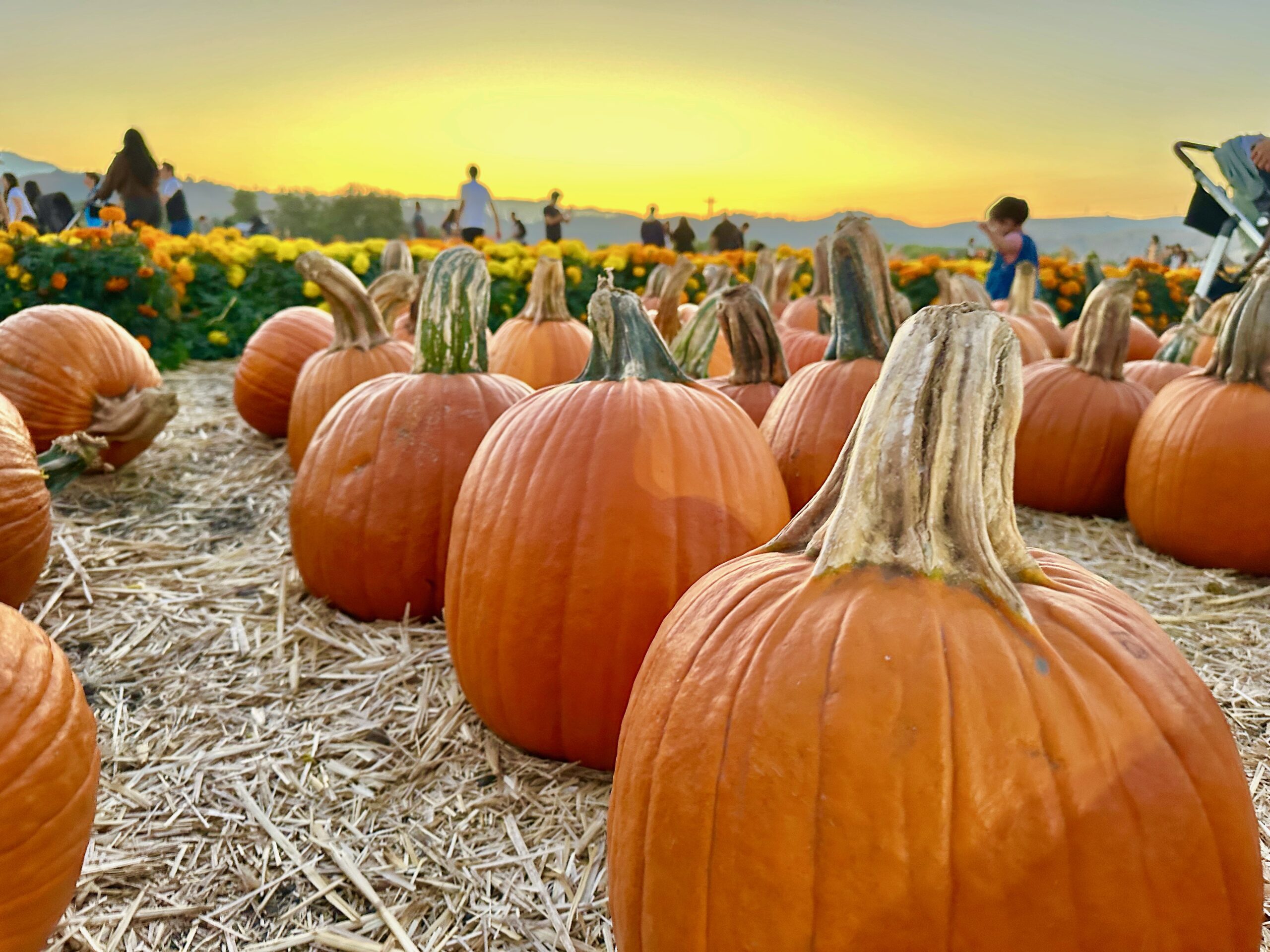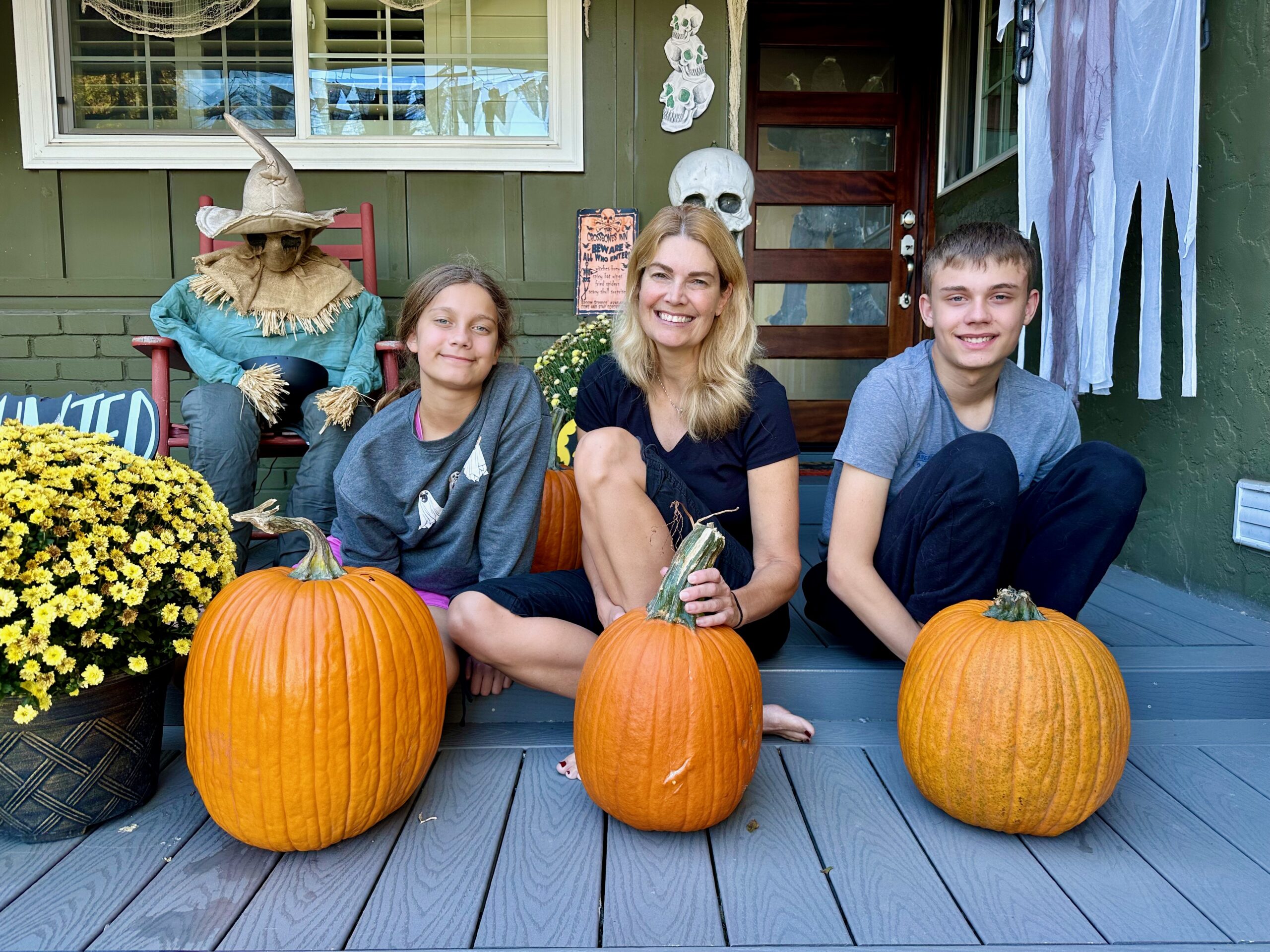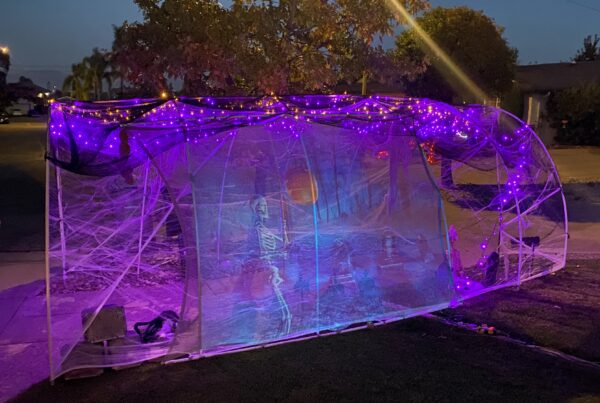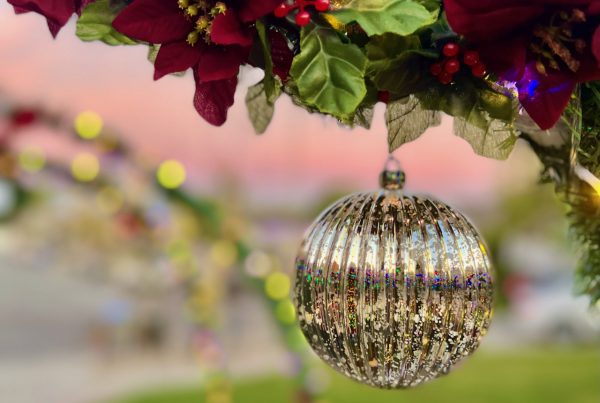As the leaves turn brilliant shades of orange and red and the air turns crisp, it can only mean one thing: pumpkin season is here. And with it comes the time-honored tradition of selecting the perfect pumpkin. Whether you’re looking for the ideal jack-o’-lantern candidate or the star ingredient for your next pumpkin pie, we’ve got you covered. In this article, we’ll explore the art of choosing the perfect pumpkin and sprinkle in some fascinating pumpkin facts along the way.
The Pumpkin Patch Adventure
Venturing to a local pumpkin patch or visiting your neighborhood grocery store’s pumpkin display is an experience in itself. Rows upon rows of pumpkins in all shapes, sizes, and shades greet you, and the quest to find “the one” begins. Here’s how to pick the perfect pumpkin:
1. Size Matters… Sometimes
When it comes to pumpkins, size preference depends on your intended use. For carving jack-o’-lanterns, larger pumpkins offer more space for intricate designs. If you’re planning to bake pumpkin pies or make pumpkin soup, smaller, sugar or pie pumpkins are your best bet.
Fun fact: Pumpkins are native to North America and have been grown for over 5,000 years. Native Americans used them for food and medicine.
2. Check for Uniform Color
A perfect pumpkin should have a consistent, vibrant color. Avoid those with soft spots or discolorations, as these may indicate rot or damage.
Fun facts: Did you know the heaviest pumpkin ever recorded weighed a staggering 2,624.6 pounds? That was until a new record was set just a couple of weeks ago. A new pumpkin in Half Moon Bay, California, weighing 2749 pounds recently took the title of the world’s heaviest pumpkin. That’s a lot of pie!
3. Give It a Knock
A ripe pumpkin should sound hollow when you gently tap it. This hollow sound indicates that the pumpkin is mature and ready for carving, cooking, or decorating.
Fun Fact: Pumpkins are part of the gourd family, which also includes cucumbers and melons. They’re not just for carving and pie; they can be roasted, pureed, and even used in savory dishes like soups and curries.
4. Study the Stem
A sturdy, firmly attached stem is a good sign. The stem serves as a handle for lifting and carrying your pumpkin. Pumpkins with broken or withered stems may not last as long.
Fun fact: Pumpkins are rich in vitamins, particularly vitamin A, which is essential for good vision. They’re also a good source of fiber and antioxidants.
5. Feel the Surface
Run your hand over the pumpkin’s surface. It should feel firm and slightly dull. Glossy skin may indicate an underripe pumpkin.
Fun fact: The tradition of carving pumpkins into jack-o’-lanterns dates back to Irish folklore, where they carved turnips. Pumpkins became the go-to canvas when Irish immigrants brought the tradition to America.








